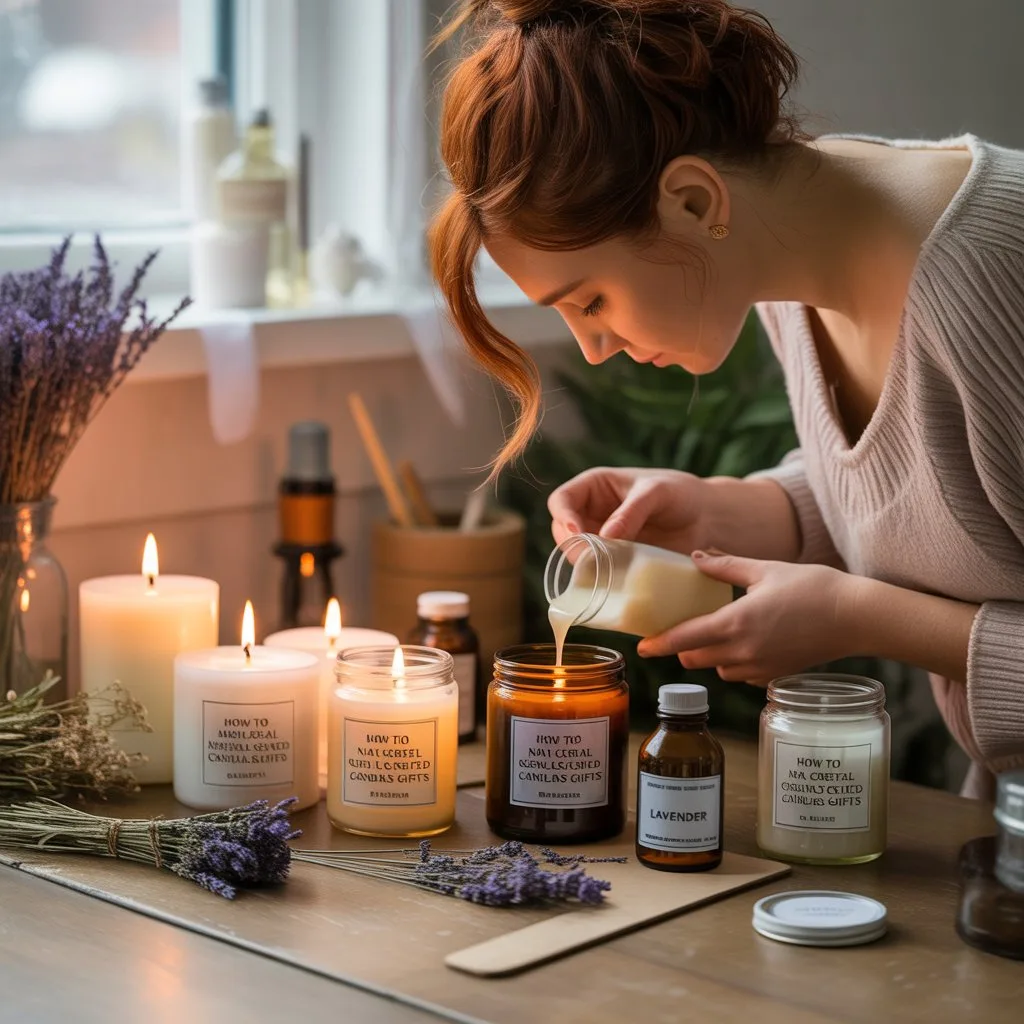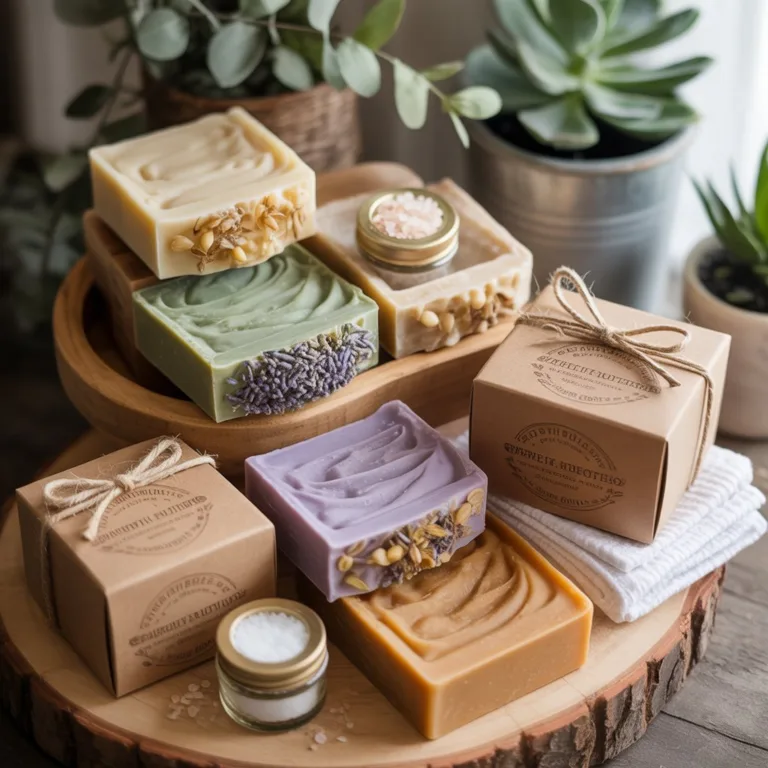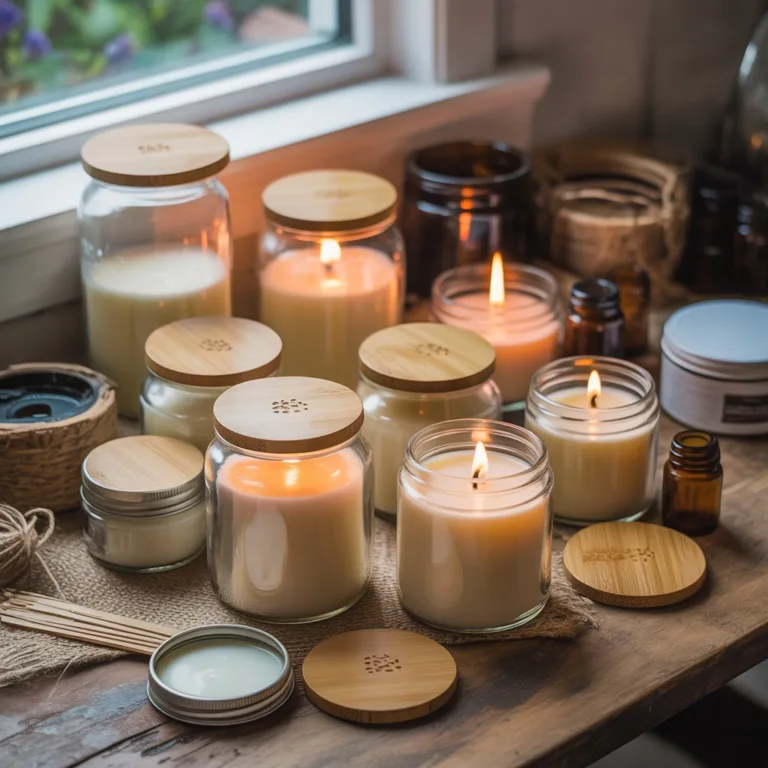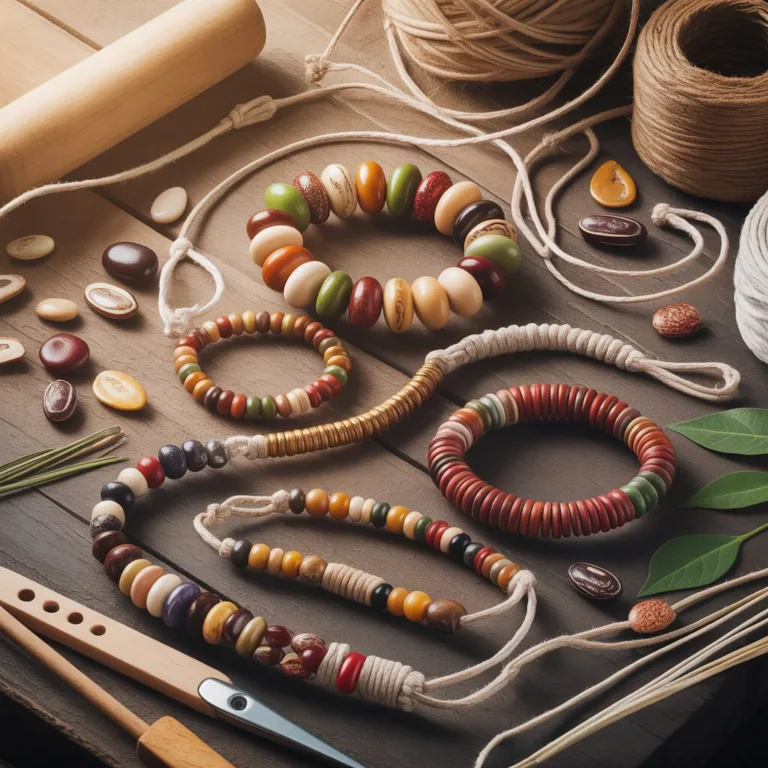Creating natural scented candles as gifts is a wonderful way to combine creativity, mindfulness, and sustainability. Unlike mass-produced candles, homemade versions allow you to select eco-friendly ingredients, craft unique fragrances, and personalize designs for any occasion. From birthdays and holidays to thank-you presents, these candles offer warmth, charm, and a personal touch that recipients will cherish. Making them also provides a relaxing, meditative activity that fosters hands-on skills, patience, and artistic expression.

Benefits of Natural Scented Candles
Natural scented candles offer several advantages over conventional store-bought varieties. Many commercial candles contain paraffin wax, synthetic fragrances, and chemical dyes, which can release toxins when burned. In contrast, candles made from natural waxes such as soy, beeswax, or coconut are biodegradable, burn cleaner, and are safer for indoor environments. By combining natural waxes with essential oils, you can enjoy delightful, non-toxic aromas that promote relaxation, concentration, or energy depending on the chosen scents.
Making candles at home also supports sustainability. By repurposing containers, using recycled packaging, or crafting your own labels, you minimize waste and create eco-friendly gifts. Additionally, the personalization aspect lets you tailor each candle to the recipient’s tastes, choosing specific scents, colors, or designs that reflect their personality or preferences.
Choosing the Right Materials
Selecting high-quality, natural materials is key to producing candles that are both safe and aesthetically pleasing. Here are the main components to consider:
Wax: Soy, beeswax, and coconut wax are excellent options. Soy wax is easy to work with, burns evenly, and holds fragrance well. Beeswax is naturally aromatic and has a golden hue, making it visually appealing. Coconut wax blends offer smooth textures and slow-burning qualities.
Wicks: Cotton, hemp, or wooden wicks are ideal. Wooden wicks produce a gentle crackling sound reminiscent of a fireplace, adding ambiance. Ensure the wick size matches the container diameter to avoid uneven burning or excessive soot.
Fragrance: Essential oils provide natural aromas and therapeutic benefits. Popular choices include lavender for relaxation, citrus for energy, eucalyptus for clarity, and peppermint for refreshment. Avoid synthetic fragrance oils if you aim for a fully natural product.
Containers: Glass jars, teacups, tins, or repurposed jars are excellent containers. Consider the aesthetic appeal, safety, and heat tolerance of each option. You can also decorate containers with eco-friendly paints or labels to add a personalized touch.
Colorants (optional): Use natural colorants such as dried flowers, clays, or mica powders. Avoid synthetic dyes if you want to maintain an all-natural theme.
Preparing Your Workspace
Before you start, ensure your workspace is safe, clean, and well-ventilated. Cover surfaces with newspaper or reusable mats to catch wax drips. Gather all materials and tools, including a double boiler or wax melting pot, stirring utensils, thermometer, and heat-resistant gloves. Having everything organized beforehand streamlines the process and reduces the risk of accidents.
Melting and Scenting the Wax
Start by melting the chosen wax slowly in a double boiler. This method prevents direct heat from burning the wax and ensures an even melt. Monitor the temperature using a thermometer, aiming for the recommended melting point of your wax type (typically between 120–180°F / 49–82°C depending on the wax).
Once fully melted, remove the wax from heat and allow it to cool slightly before adding essential oils. Essential oils are volatile and can degrade at high temperatures, so adding them when the wax is slightly below the maximum temperature preserves fragrance potency. Stir gently but thoroughly to evenly distribute the scent.
If you are incorporating natural colorants, add them at this stage. Dry flower petals, mica powders, or powdered clays can be mixed carefully into the melted wax to achieve desired hues and textures.
Preparing and Placing Wicks
While the wax cools, secure wicks in the containers. For small jars, use a dab of melted wax or a wick sticker at the bottom to hold the wick in place. For larger containers, centering tools or clothespins can help keep wicks straight during pouring and cooling. The wick’s position is critical to ensure the candle burns evenly and safely.
Pouring the Wax
Pour the scented wax into the prepared containers slowly, leaving about half an inch of space at the top. Pouring steadily prevents air bubbles from forming and ensures a smooth surface. Allow the wax to cool naturally in a stable environment; avoid moving containers during this stage to prevent uneven surfaces or cracking.
If a sinkhole forms around the wick as the wax settles, reheat and pour a small amount of wax to fill the indentation. This technique ensures a polished, professional appearance.
Decorating Your Candles
Once fully cooled, candles can be decorated to enhance visual appeal and personal touch. Wrap containers with recycled paper, twine, or fabric scraps. Use eco-friendly paint to add patterns or messages. Embedding small dried flowers or herbs on top adds natural elegance. Personalization makes the candle feel thoughtful and unique, perfect for gifting.
Creating Unique Scent Combinations
Experimenting with essential oil blends allows you to create memorable, signature scents. Some popular combinations include:
- Lavender and chamomile for relaxation and sleep support.
- Citrus and rosemary for an uplifting, energizing atmosphere.
- Vanilla and cinnamon for cozy, comforting vibes.
- Peppermint and eucalyptus for refreshing and clear-scented spaces.
Encourage creativity while keeping scent ratios balanced. Too much oil can affect the candle’s burning quality, while too little may result in a weak fragrance.
Safety Tips for Candle Making
Candle crafting involves handling hot wax and open flames, so safety is essential. Always:
- Work in a ventilated area to avoid inhaling fumes.
- Use heat-resistant gloves and utensils.
- Keep a fire extinguisher or bowl of water nearby.
- Supervise children if they are involved in decorating or pouring wax.
- Never leave melting wax unattended.
Adhering to these precautions ensures a safe, enjoyable crafting experience.
Gifting and Packaging Ideas
Packaging enhances the overall presentation of your handmade candles. Consider using:
- Recycled boxes or kraft paper.
- Ribbon or twine to add a rustic touch.
- Small tags with handwritten messages.
- Eco-friendly tissue or shredded paper for cushioning.
Thoughtful packaging not only protects the candle but also conveys the effort and care behind the gift.
Benefits of Handmade Candles
Creating natural scented candles is rewarding on multiple levels. You gain:
- A sense of accomplishment from making a tangible, beautiful product.
- Enhanced creativity and artistic expression.
- Knowledge of sustainable practices and eco-friendly materials.
- Opportunities to share personalized gifts that stand out from store-bought options.
The process also encourages mindfulness, patience, and attention to detail, making it a therapeutic activity.
Sharing Your Creations
Handmade candles are ideal for sharing with friends, family, or even as small business products. Workshops or DIY gatherings can introduce others to sustainable crafting, creating community engagement and inspiring eco-conscious practices.
Encourage recipients to reuse containers or recycle materials, reinforcing the sustainability message. Sharing your creations transforms a simple gift into an educational and inspiring experience.
Natural Enhancements
To elevate your candles, consider adding natural elements:
- Dried lavender, rosemary, or rose petals for visual appeal and subtle fragrance.
- Cinnamon sticks or cloves embedded in the wax for texture and aroma.
- Citrus peels to complement essential oil blends.
These additions enhance both aesthetics and olfactory experiences, making each candle a multi-sensory delight.
Final Thoughts
Creating natural scented candles as gifts combines art, sustainability, and personal connection. By choosing eco-friendly materials, experimenting with fragrances, and adding thoughtful decoration, you produce a gift that is meaningful, safe, and unique. Each candle tells a story of creativity, care, and mindfulness, offering warmth and ambiance to any space.
This project encourages exploration, patience, and appreciation for natural ingredients. Once you’ve mastered basic techniques, you can expand into themed sets, seasonal scents, or collaborative crafting sessions with friends and family.
Sharing your handmade candles inspires others to explore sustainable DIY practices and brings joy to both makers and recipients. Light a candle, breathe in the natural fragrance, and appreciate the blend of creativity and care you’ve poured into every gift. By crafting your own natural scented candles, you’re not only creating beautiful gifts but also fostering a culture of thoughtful, eco-conscious living.

Lucas Hartman is a DIY enthusiast and sustainability advocate focused on natural crafts and eco-friendly home décor. With a background in arts and design, Lucas creates tutorials that help families and hobbyists transform everyday recycled or organic materials into beautiful, functional projects.



